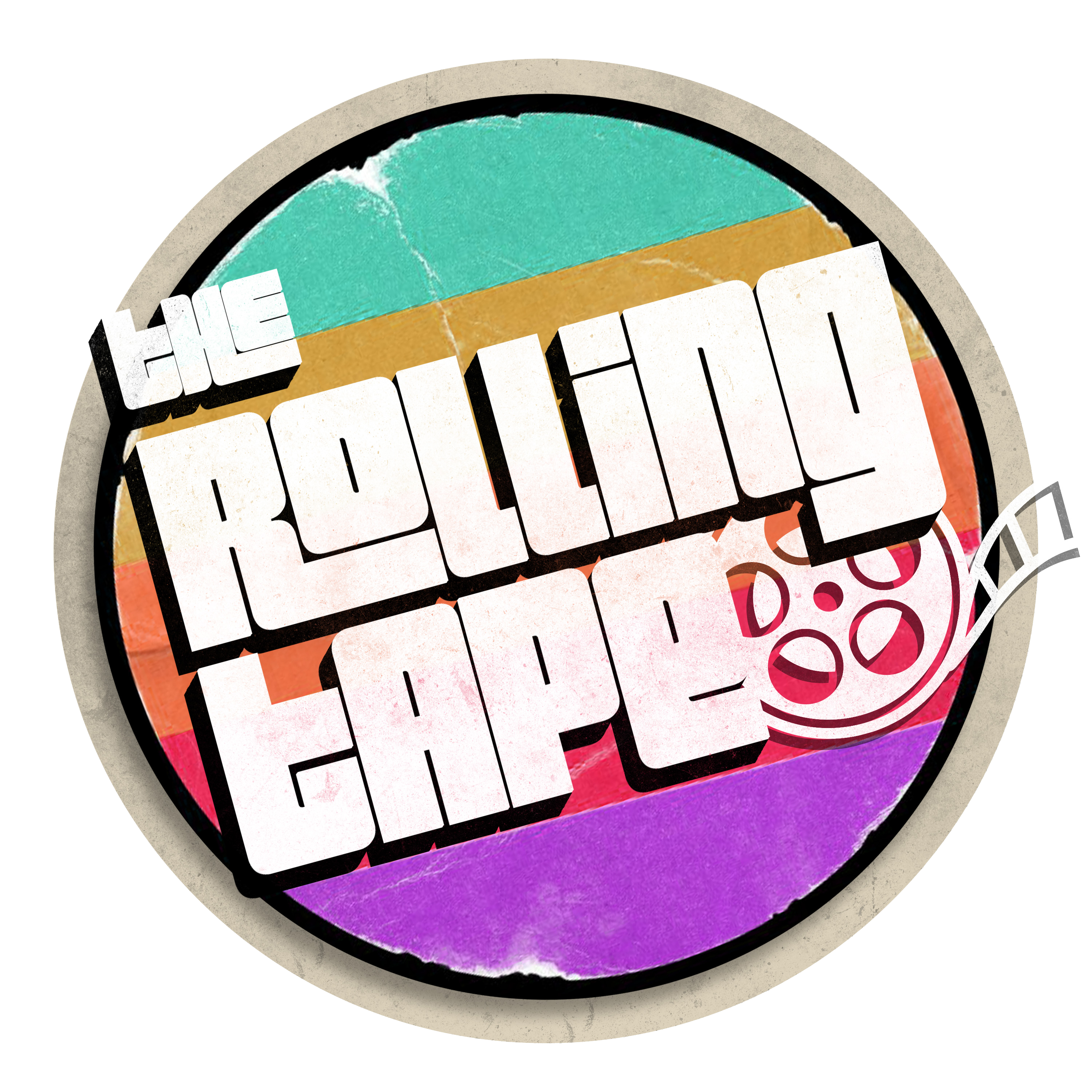October 11th marks the 50th anniversary of what many know as Tobe Hooper’s masterpiece, The Texas Chainsaw Massacre (1974). This anniversary has a unique element to it since Terrifier 3 is being released the same day. The two films share a commonality as both are considered “shocking art”.
Even fifty years after Texas Chainsaw, horror artists are continuously pushing the boundaries of the shocking spectacle the film established fifty years ago. With stories of people being physically sick after such shocking films now and then, Tobe Hooper might be the first director to achieve this when he released The Texas Chainsaw Massacre which shocked the nation.
When it was released, the film delivered a very raw and realistic experience by throwing the audience in the middle of a brutal and unrelenting killing spree. Hooper was not shy with the carnage, showing it in a way that hadn’t been tried before. The film used framing that brought a level of realism to the audience similar to what The Blair Witch Project did in 1999. It felt like something a small group of friends made together–dirty, shaky, and low-budget. Many of the shots are disorienting and the sequences are similarly shocking and disturbing.
The sound mix is notably raw and lacks the professional perfection we expect from a feature film. You can hear every bit of the nature surrounding the characters, placing us right into the story with them
At the time, the actors were unknown which also helped bring this film into a believable reality, especially when most were just there to be killed or pursued. If Hooper used a notable actor in any of the roles, it would have constantly reminded you that the film is fiction. With unrecognizable individuals, it makes it feel as if we are watching real, recovered footage.
In short, all of the raw and “unprofessional” details are what make The Texas Chainsaw Massacre so scary, and it still holds up today.
Looking back, the question about whether or not controversial or shocking films should be seen with respect. On one side, some see these pieces as filth. Others see the films as raw depictions of the negativity we see around us in the world. I fall into the latter category.
Many attribute this film as a metaphor for the horrors people saw in Vietnam during the 70s, which very well may be true as the horror genre is constantly used to show anxieties of the current time period. Additionally, the film itself is inspired by the real story of Ed Gein, a serial killer, which then makes the film a reference to the real horrors we face in the world. The idea is that if we dug into our animalistic tendencies like the infamous family from the film, we could become terrible creatures with no remorse or reason.
It’s a concept we see tackled in many horror films, specifically slashers, but this one was the first to truly question that concept in such a brutal fashion. Psycho in 1960 tried this, but it still felt like a Hollywood film. Chainsaw forced the audience directly into the horrific and unrelenting events.
Some completely write off such gruesome films and miss the subtextual layers of social commentary hiding inside the grisly premise. Like Terrifier 3 is doing this year, The Texas Chainsaw Massacre was released to shock the world. It maintains its terrifying legacy because humans are still committing murderous acts and we are not immune to the terrible evils humans can commit.
People still watch this film every year during the spooky season because The Texas Chainsaw Massacre was the first to truly scare its audience with a sense of reality that they found way too relatable. There’s a purpose to shocking art and that is to remind us of the worst that we are capable of and why we should avoid it at all costs.
Review Courtesy of Becca Harleen
Image Credit to Dark Sky Films via Fangoria

Recent Comments